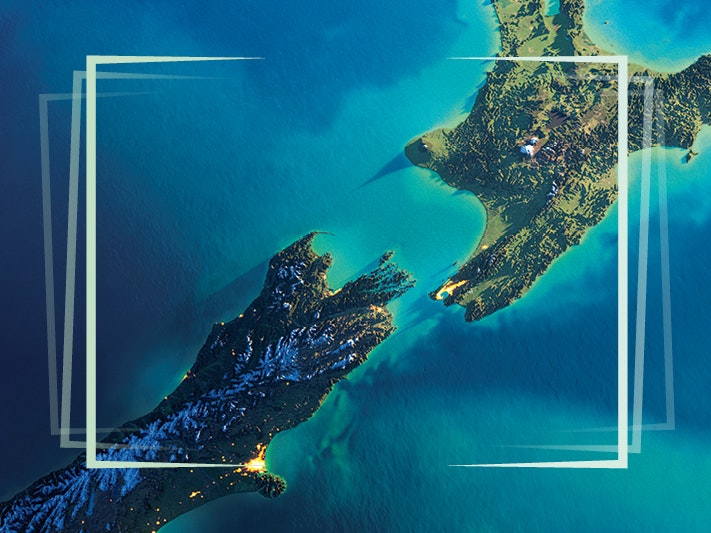
Watch: The Active Land talks
The Active Land talk series hosted at Te Papa highlights the diverse range of cutting-edge research into natural hazards happening in Wellington. In partnership with the Natural Hazard Commission (NHC) Toka Tū Ake.
Free museum entry for New Zealanders and people living in New Zealand
Open every day 10am-6pm
(except Christmas Day)
Free museum entry for New Zealanders and people living in New Zealand
Botany, fishes, birds, insects, fossils, molluscs – read about Te Papa's scientific research and stories from leading natural history experts.

The Active Land talk series hosted at Te Papa highlights the diverse range of cutting-edge research into natural hazards happening in Wellington. In partnership with the Natural Hazard Commission (NHC) Toka Tū Ake.
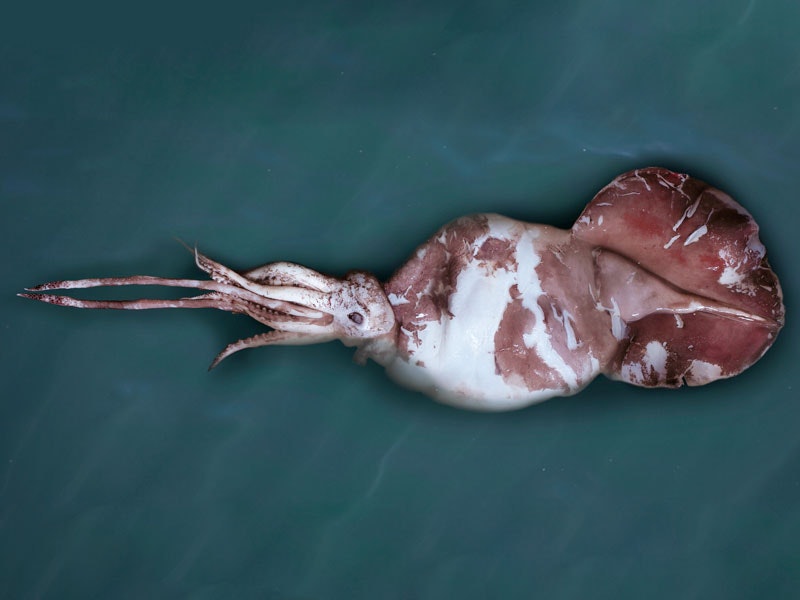
All you’d want to know about the colossal squid – from its anatomy, to how it was found.

Insects, arachnids, myriapods, bugs, creepy-crawlies, moths, butterflies and their allies.
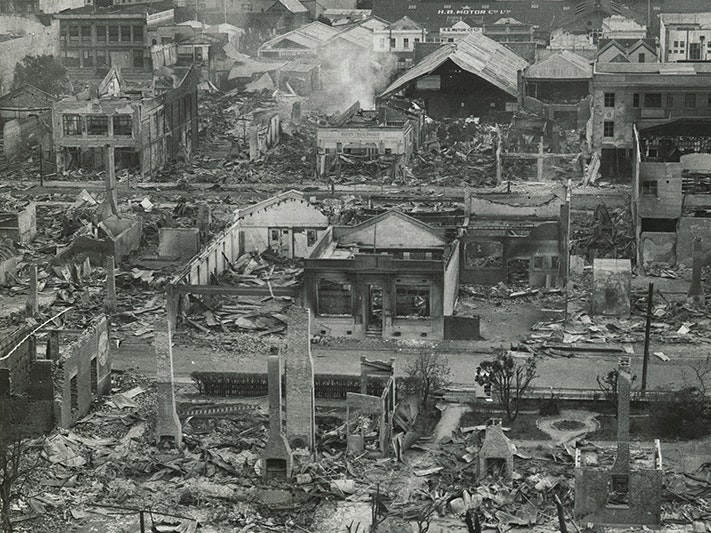
Around 20,000 shakes are measured every year in Aotearoa New Zealand – about 55 a day – our whenua (land) never stops shaking. Plates collide. Pressure builds. The land ruptures. How do we cope with living on such shaky ground?
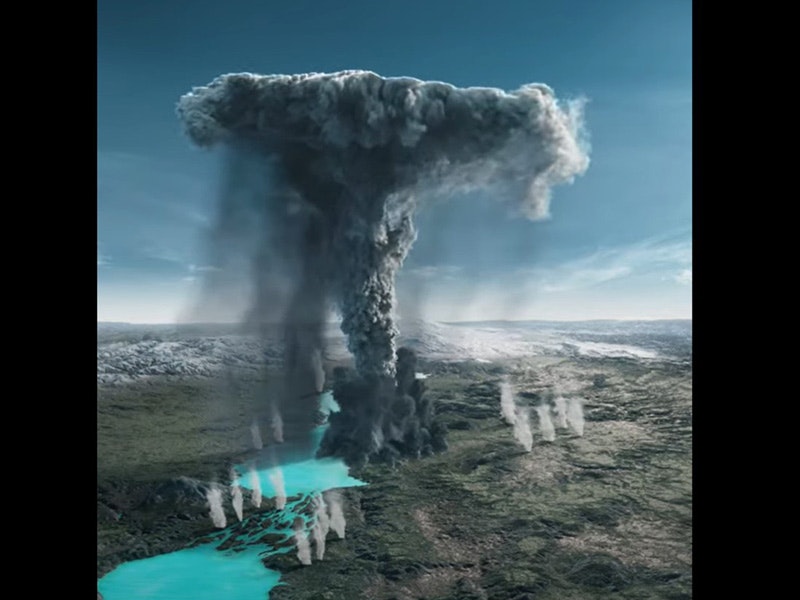
Our biggest volcano isn’t a cone. It’s Lake Taupō, formed about 25,500 years ago in the massive Ōruanui eruption.
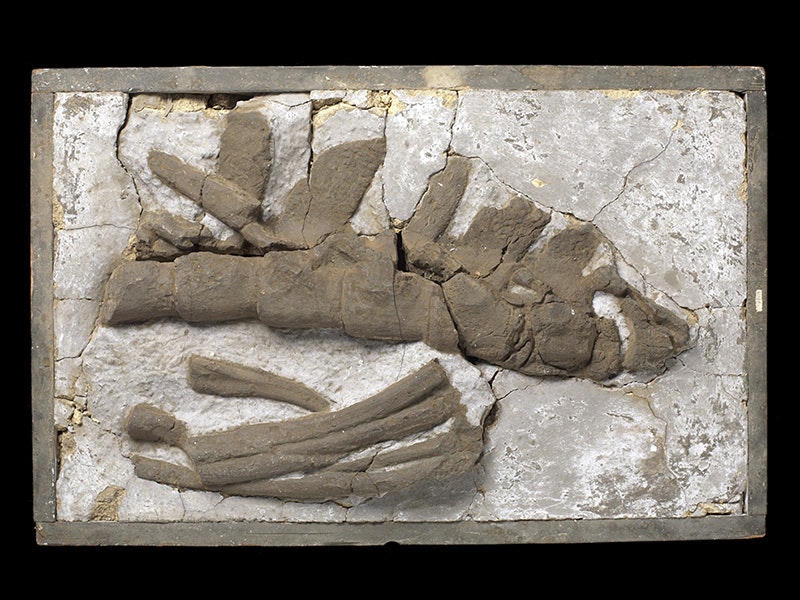
Te Papa’s collections and research on dinosaur bones, animals, and plant fossils from past geological ages, and the people involved in the discovery of their remains.

Idea: Soil connects us to culture, food, nature, people, and place, so we shouldn’t treat soil like rubbish.
How do you feel about this idea?

River cleaners, tree planters, possum trappers, and climate crusaders. Explore stories from around Aotearoa New Zealand of communities taking care of their natural environment.
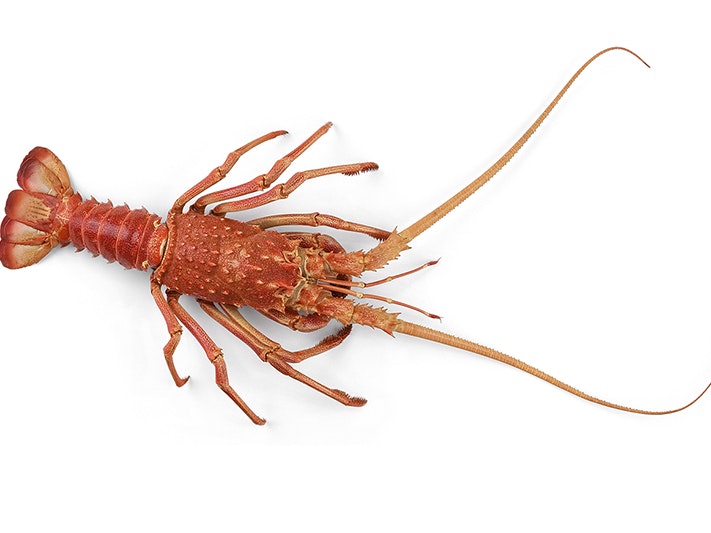
Crustacea includes lobsters, crabs, shrimps, prawns, hoppers, wood lice, water fleas, and several other groups. Most crustaceans live in the sea but some are found in freshwater or on land. The one thing they all need to survive is water, or at least a moist habitat.
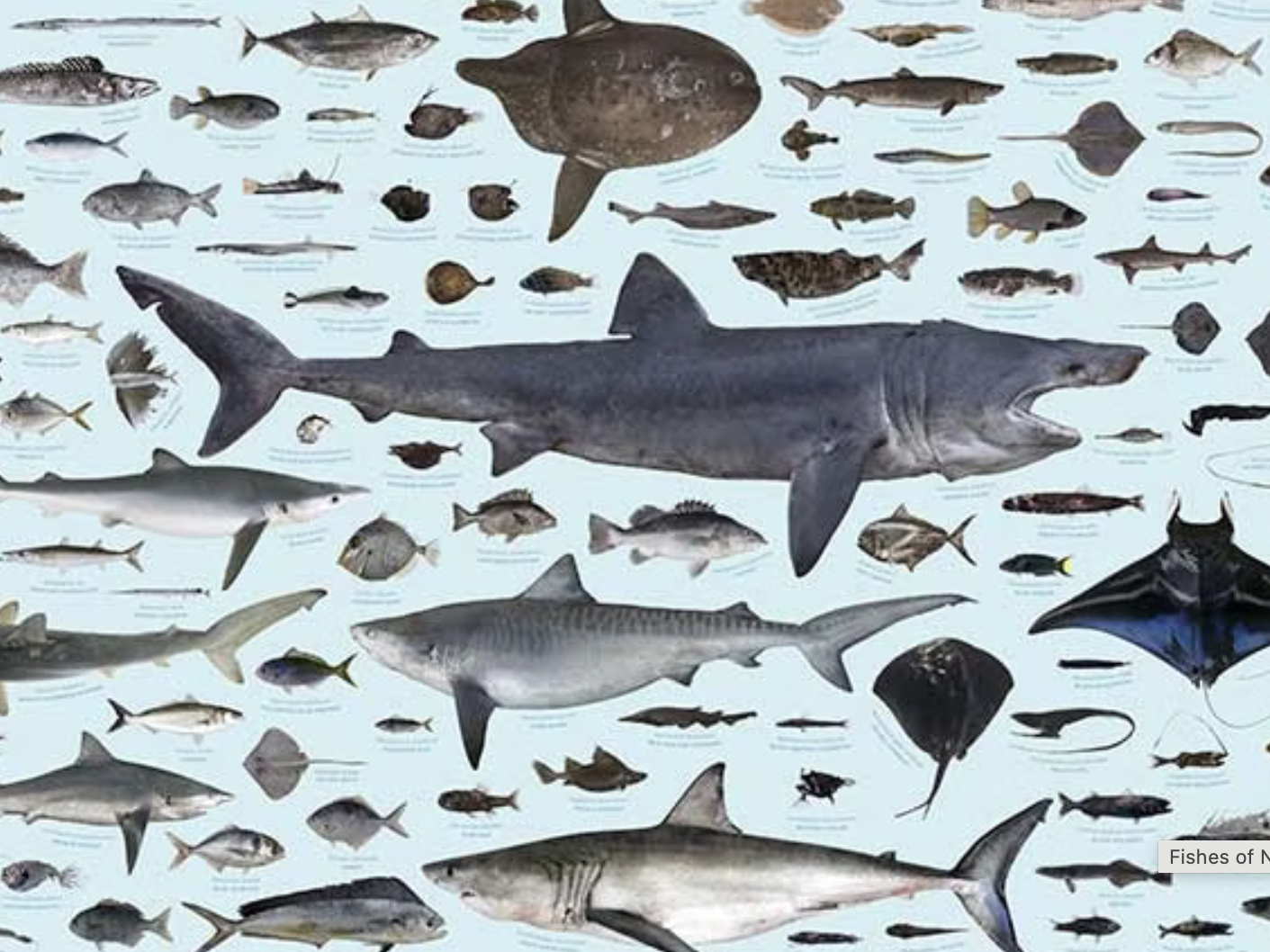
Colossal squids, fishes, and creatures of the deep. Te Papa holds the largest and most comprehensive collection in the country, and the largest collection of New Zealand fishes anywhere in the world.
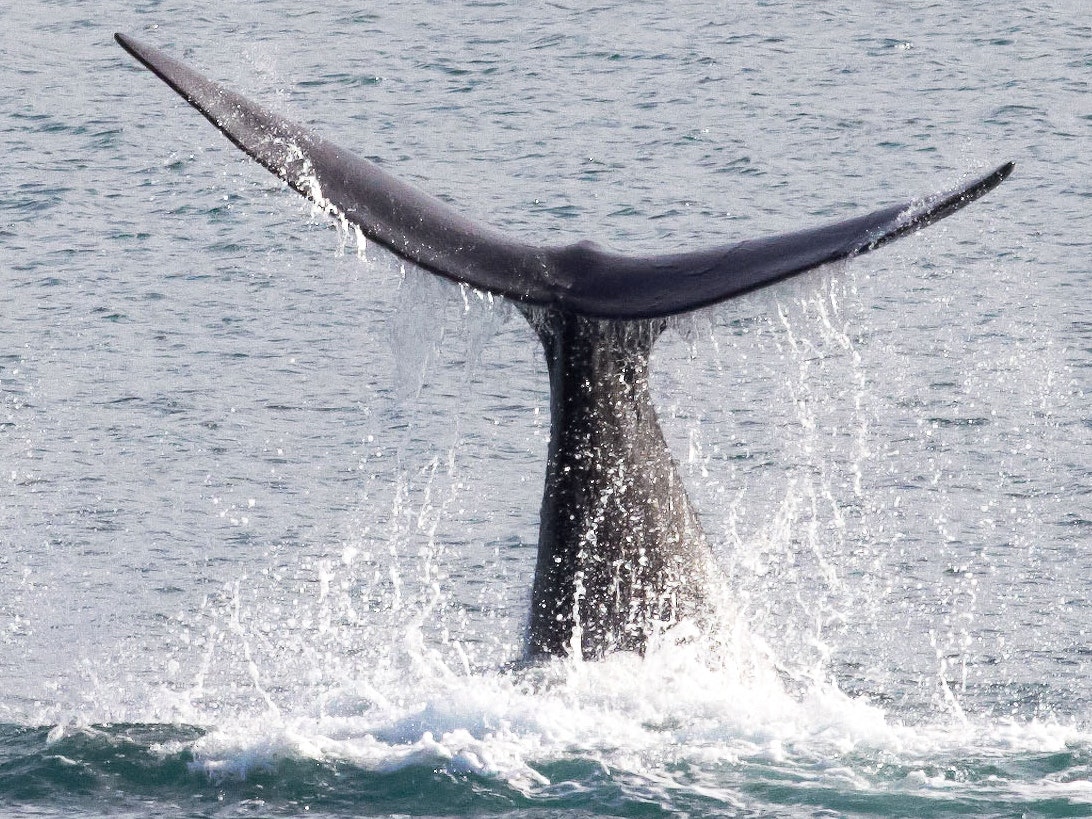
Researching, caring for, photographing, and displaying the whales, dolphins, and sharks of Aotearoa New Zealand and the South Pacific.
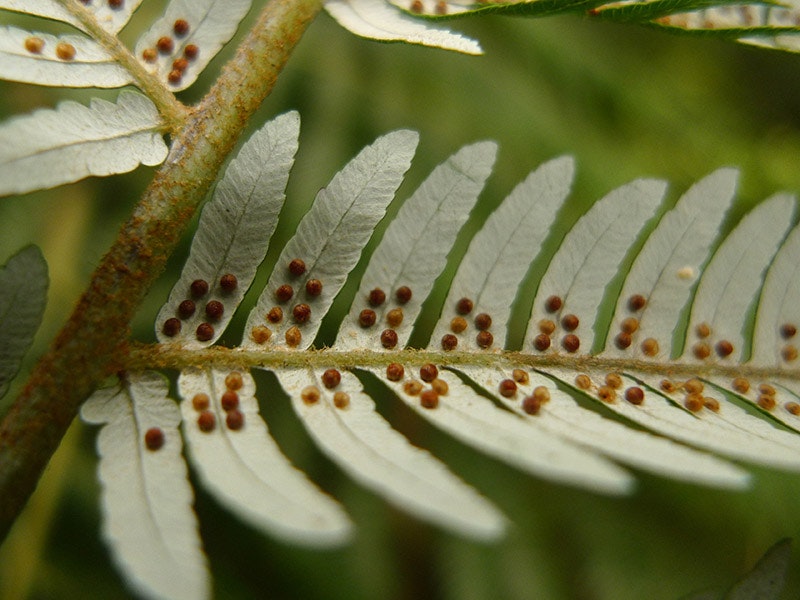
Te Papa’s botanical collections and research encompass marine algae (seaweeds), lichens, mosses, liverworts, lycophytes, ferns, and seed plants.
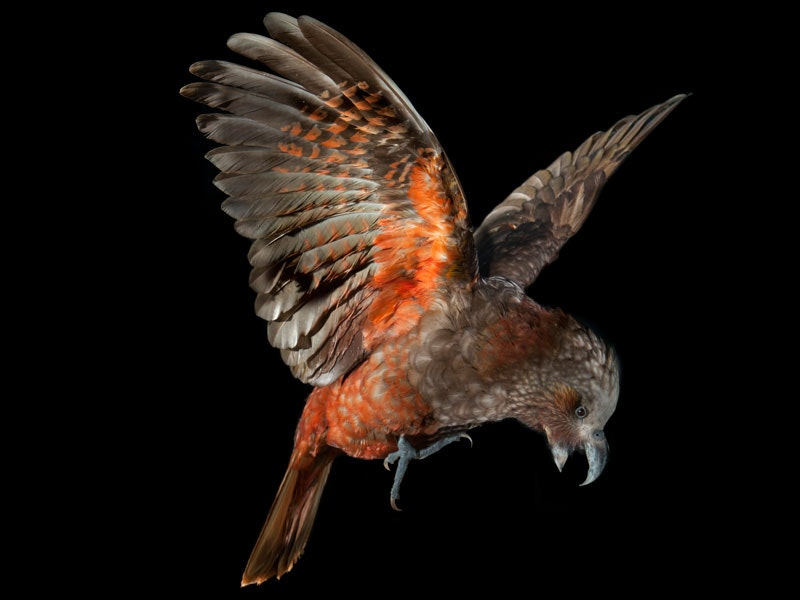
Birds are an important part of New Zealand's nationhood. We are the only nation where the people are often colloquially known by a bird name – ‘Kiwi’.
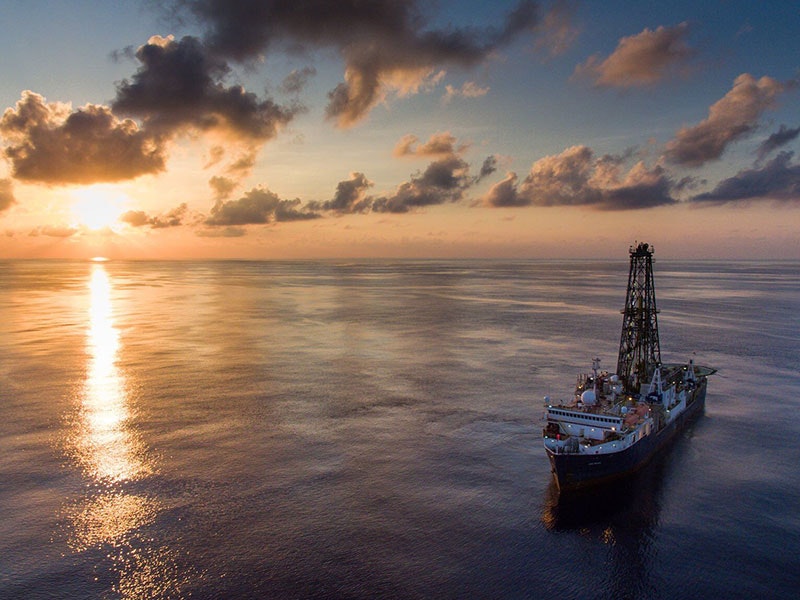
From deep-sea creatures to earthquake hazards, hear about the latest scientific discoveries in and around Aotearoa, straight from the experts.
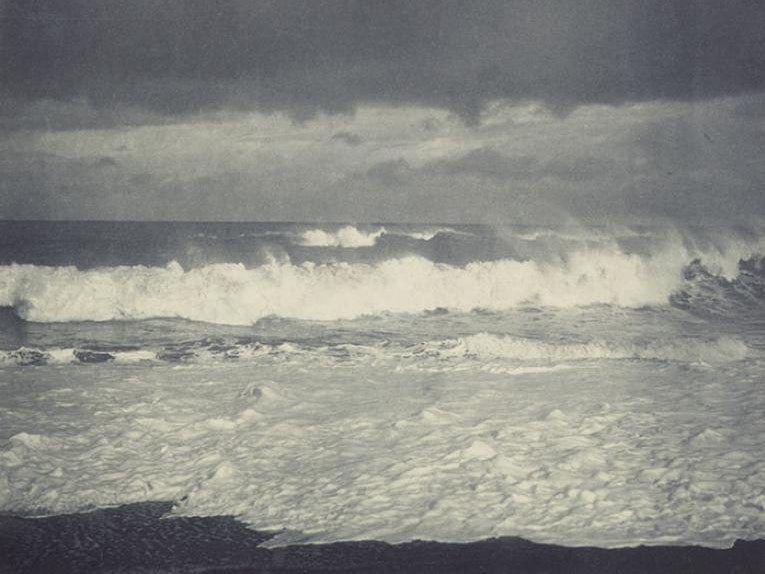
Listen to a range of podcasts covering topics such as climate change, Ebola, radiation therapy, alpine fault drilling, and forensics.
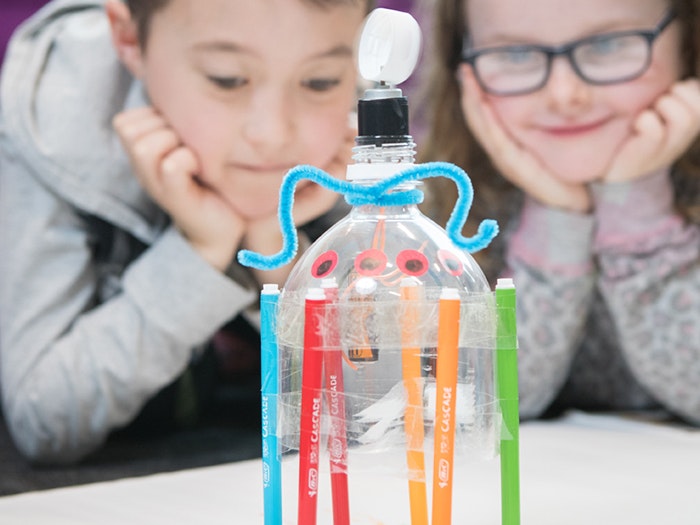
Learn some robot-making skills by building your own BugBot at home.
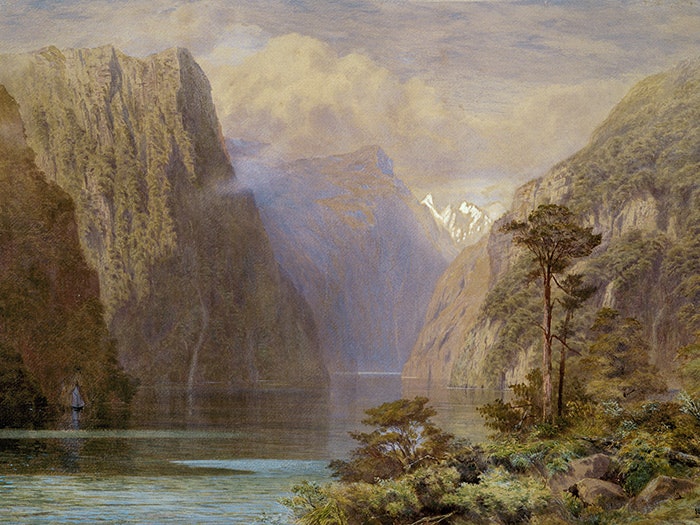
Dr Hamish Campbell, Te Papa’s geologist in residence from GNS Science, talks about the news that intrigued the world in February 2017 – that it can legitimately be claimed that Zealandia is a distinct continent.
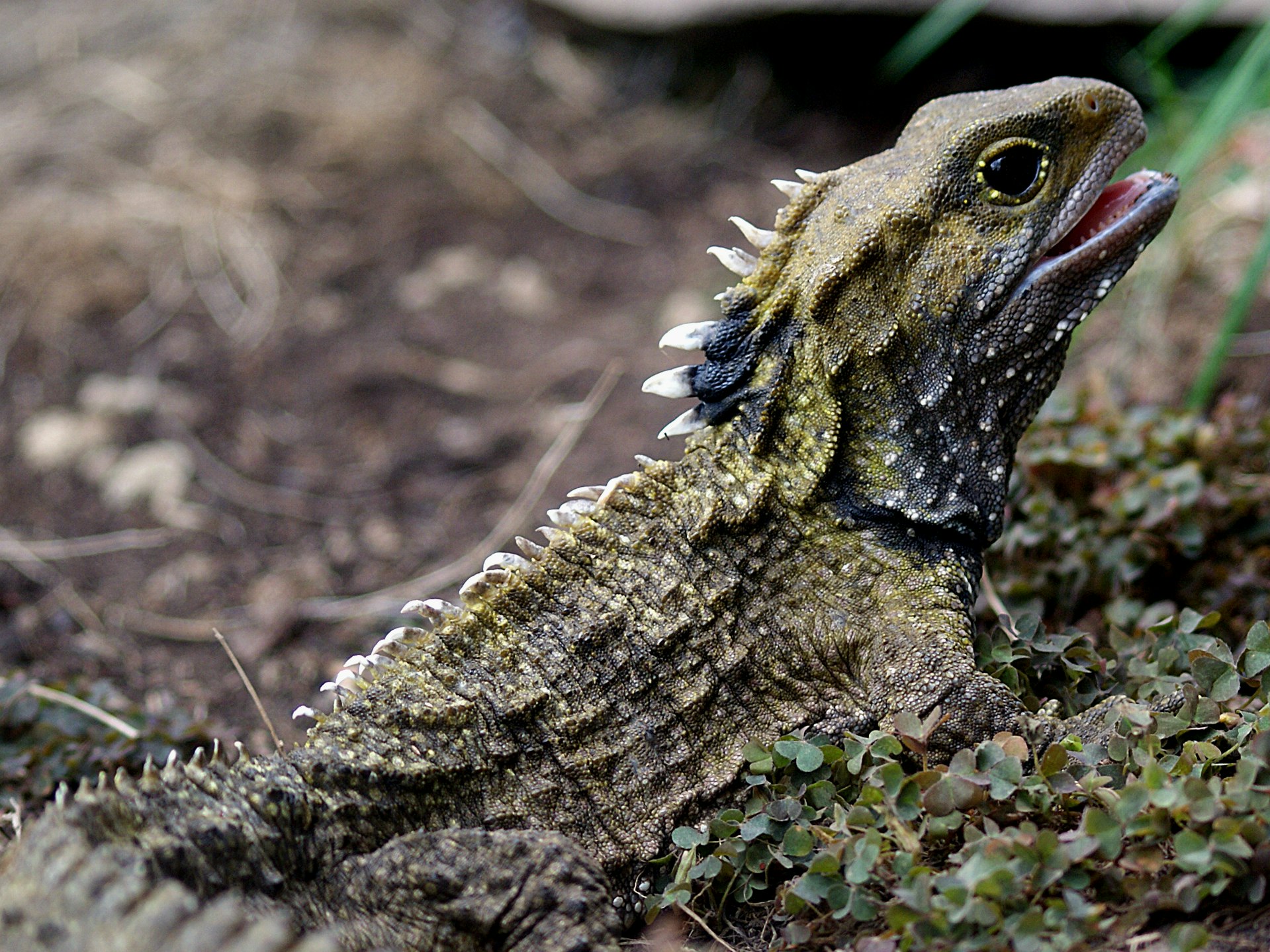
The tuatara hasn’t changed much for at least 19 million years.